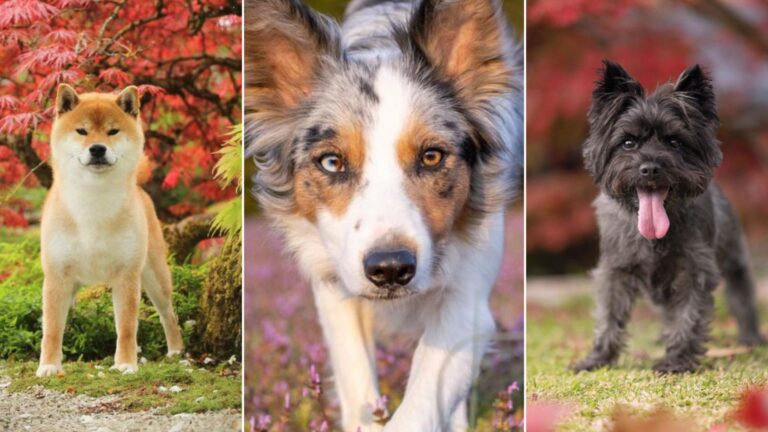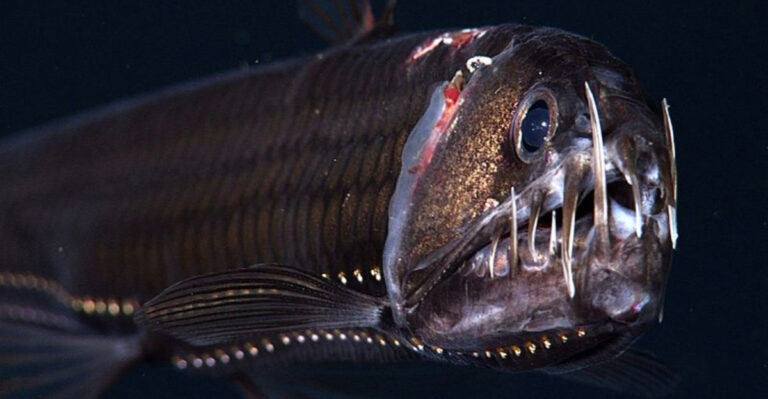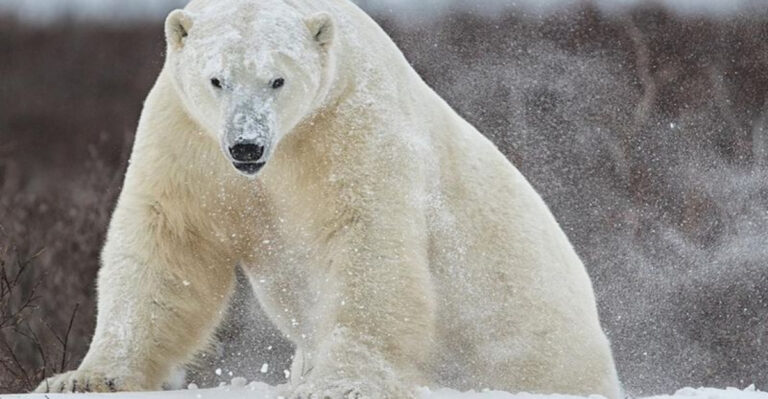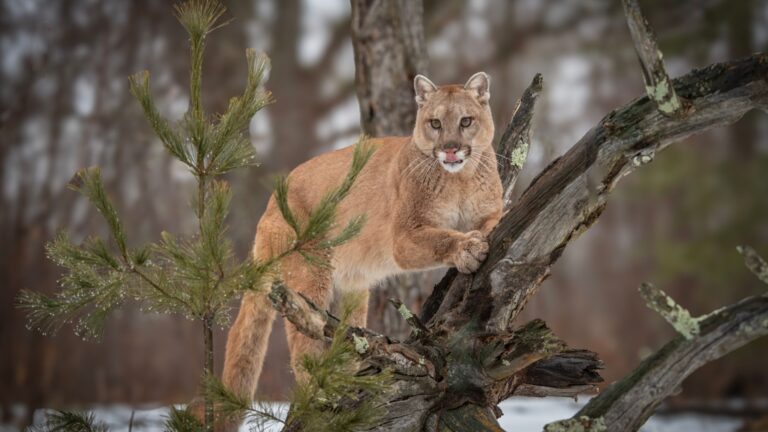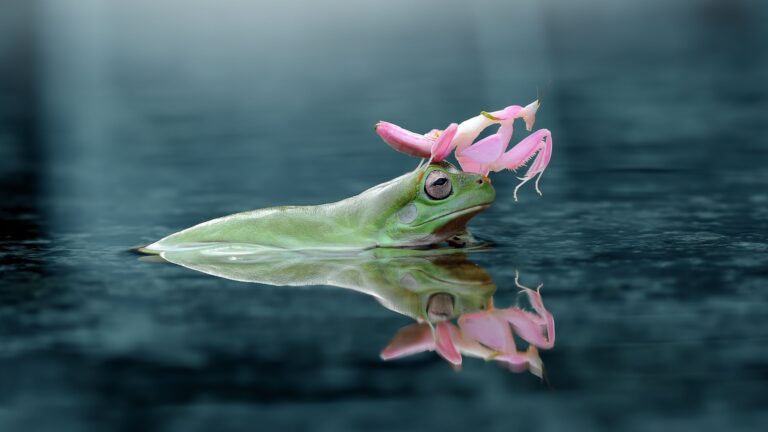9 Instances Where Evolution Created The Same Animal Species In Different Parts Of The World
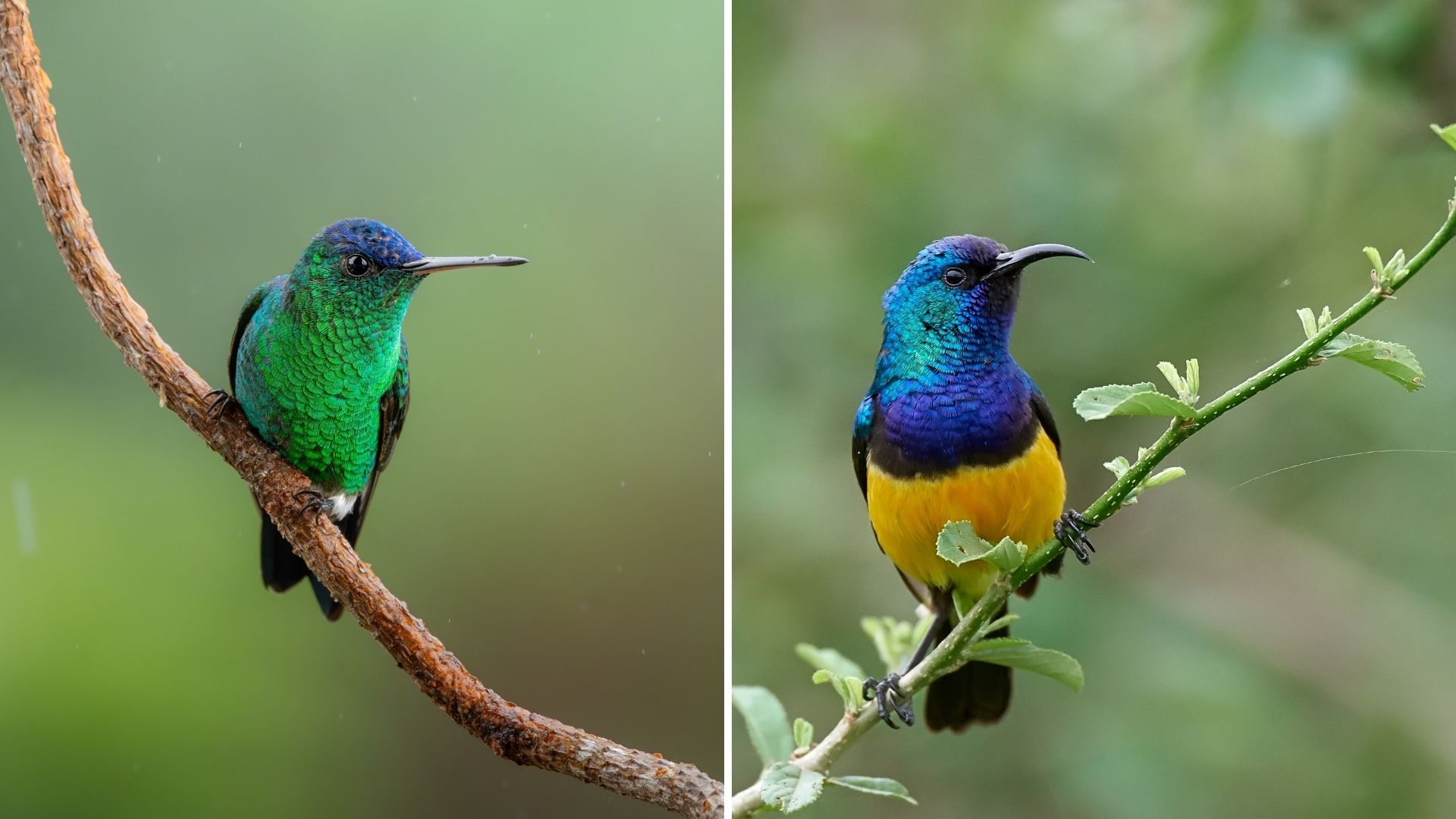
Have you ever wondered why animals that live on opposite sides of the planet sometimes look almost identical? This amazing phenomenon is called convergent evolution.
It happens when creatures that aren’t related develop similar traits because they face the same environmental challenges.
Mother Nature, it turns out, often finds the same solutions to similar problems – even when working with completely different animal blueprints.
1. North American Cactus Wrens And African Weavers
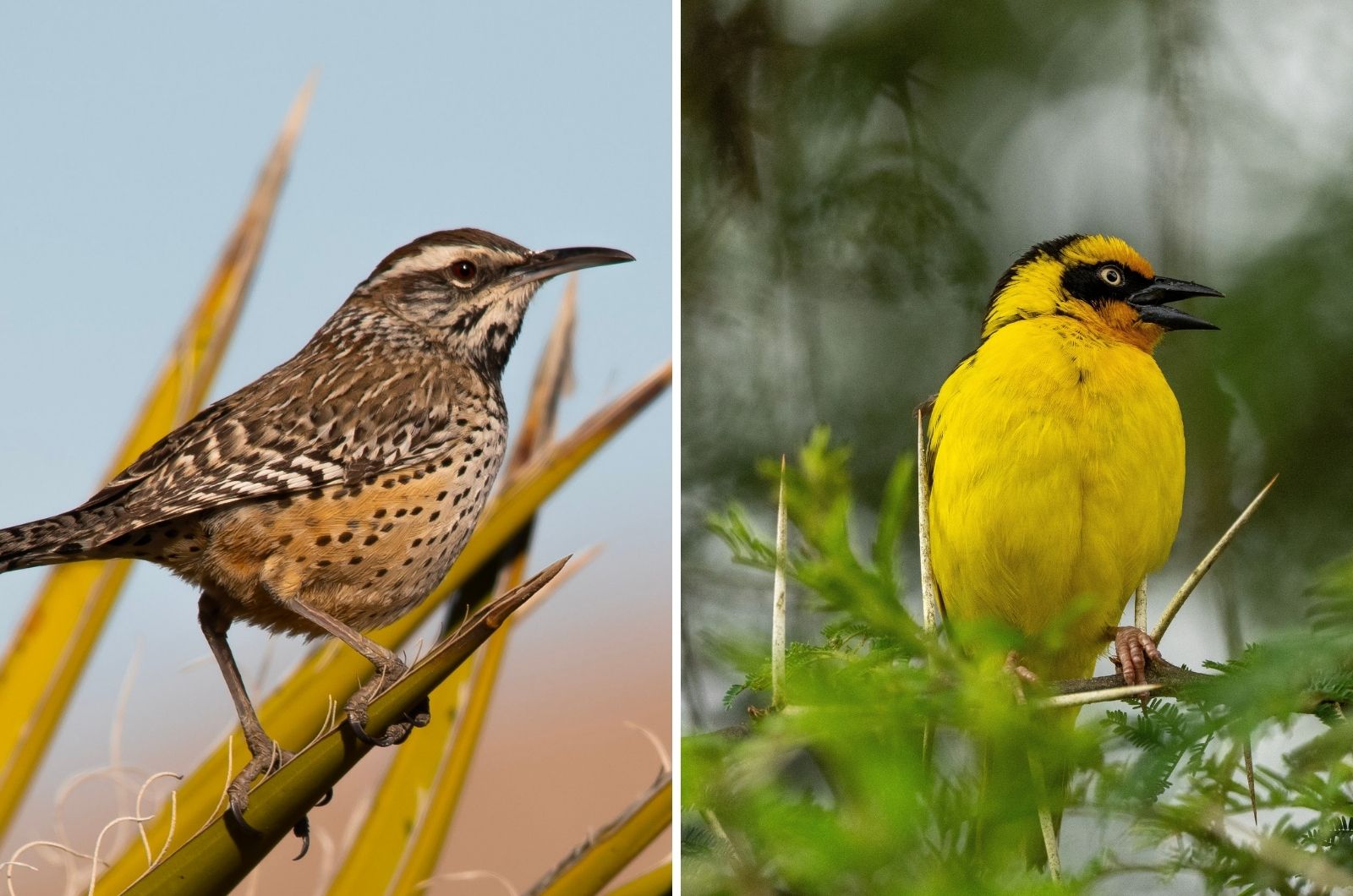
North American cactus wrens and African weavers are two bird species that evolved distinct but similar characteristics despite being continents apart.
Both species are known for their intricate nest-building skills, with cactus wrens weaving elaborate nests in cacti, while African weavers craft their nests in trees or shrubs.
These birds exhibit remarkable similarities in behaviour, such as their social nature and reliance on specific plant types for nesting, highlighting how similar environmental pressures can lead to parallel evolutionary traits across different regions.
2. Pronghorn And African Antelope
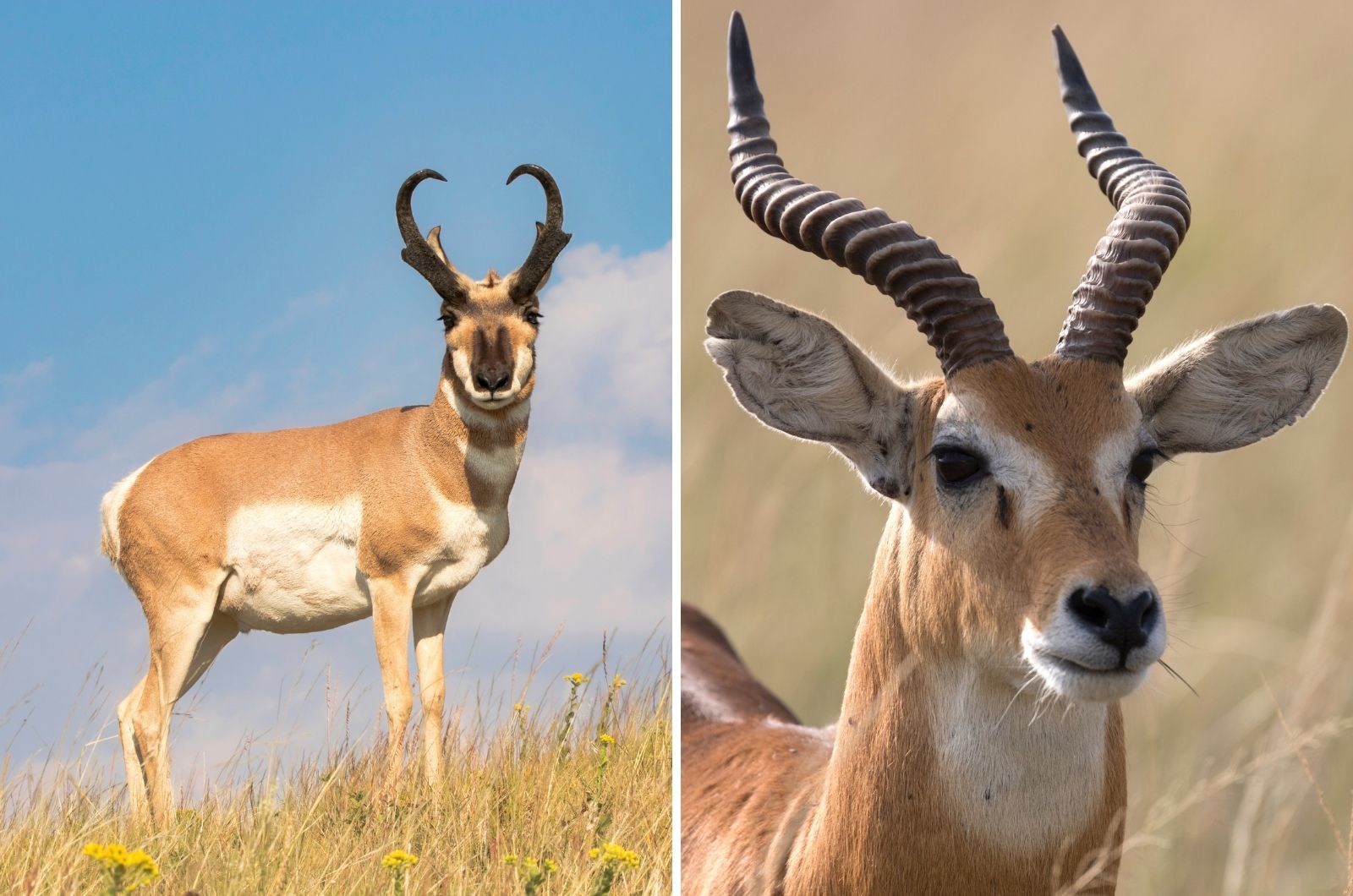
On the vast expanses of the North American plains, the Pronghorn antelope reigns supreme, known for its incredible speed and endurance. With a top speed second only to the cheetah, the Pronghorn’s evolutionary journey is a marvel.
Meanwhile, across the ocean, various species of African antelopes demonstrate similar adaptations. Despite being oceans apart, these animals have developed comparable traits to survive predators and thrive in open landscapes.
The Pronghorn’s speed and the antelope’s grace are not just coincidental; they are a result of similar selective pressures in their respective environments.
3. Dolphins And Ichthyosaurs
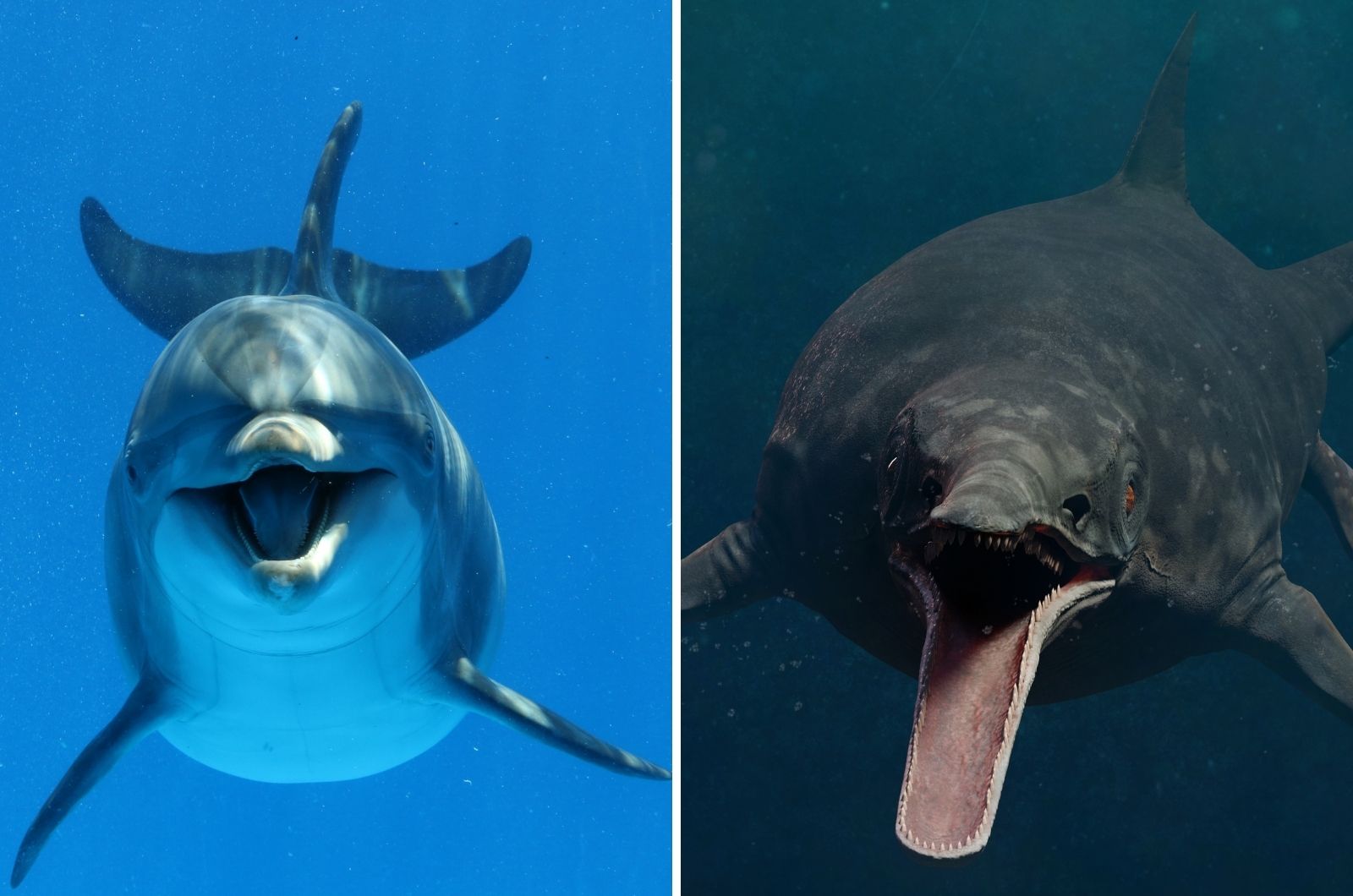
Modern dolphins and ancient ichthyosaurs represent one of the most striking examples of look-alikes separated by time. These marine creatures evolved the same streamlined body shape despite being completely unrelated – dolphins are mammals while ichthyosaurs were reptiles that lived alongside dinosaurs.
Both developed dorsal fins for stability, similar tail structures for powerful swimming, and elongated snouts perfect for catching fish. The torpedo-shaped body minimizes water resistance, allowing for fast movement through ocean currents.
Scientists studying ichthyosaur fossils were amazed by how closely they resembled modern dolphins – proof that when it comes to swimming efficiently, nature rediscovers the same perfect design.
4. Hummingbirds And Sunbirds
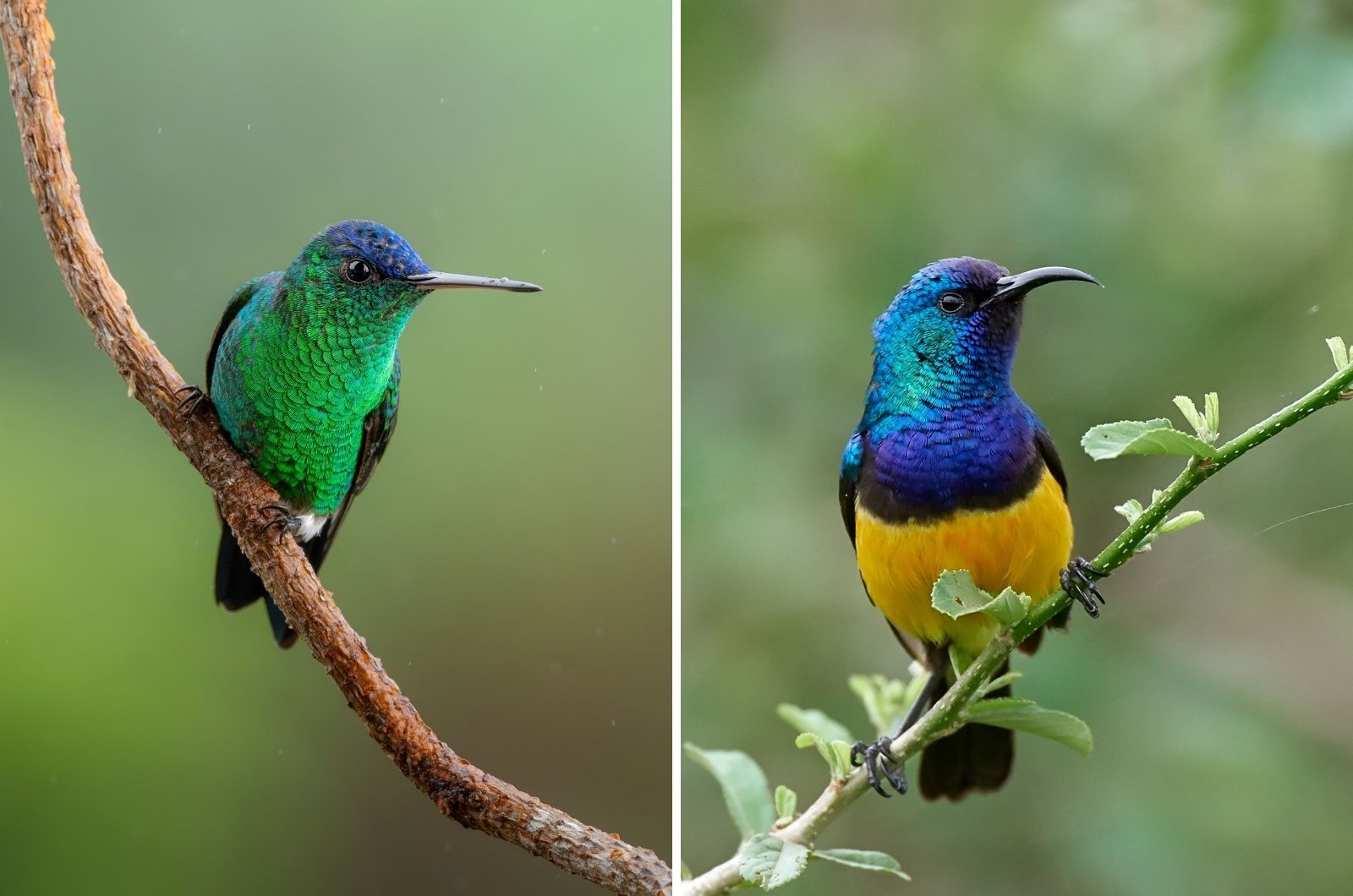
Hummingbirds from the Americas and sunbirds from Africa and Asia evolved the perfect tools for sipping nectar. Both developed long, thin bills and the ability to hover in front of flowers, despite being completely unrelated bird families.
Their rapid wing beats allow them to stay suspended in mid-air while drinking. Even their tongues evolved similarly – long, tube-like structures that can lap up sweet nectar with incredible efficiency.
The vibrant, iridescent feathers both species sport might serve similar purposes too – attracting mates and establishing territories. These tiny nectar specialists show how specific ecological niches can shape unrelated animals into mirror images of each other.
5. Emperor Penguins And Great Auks
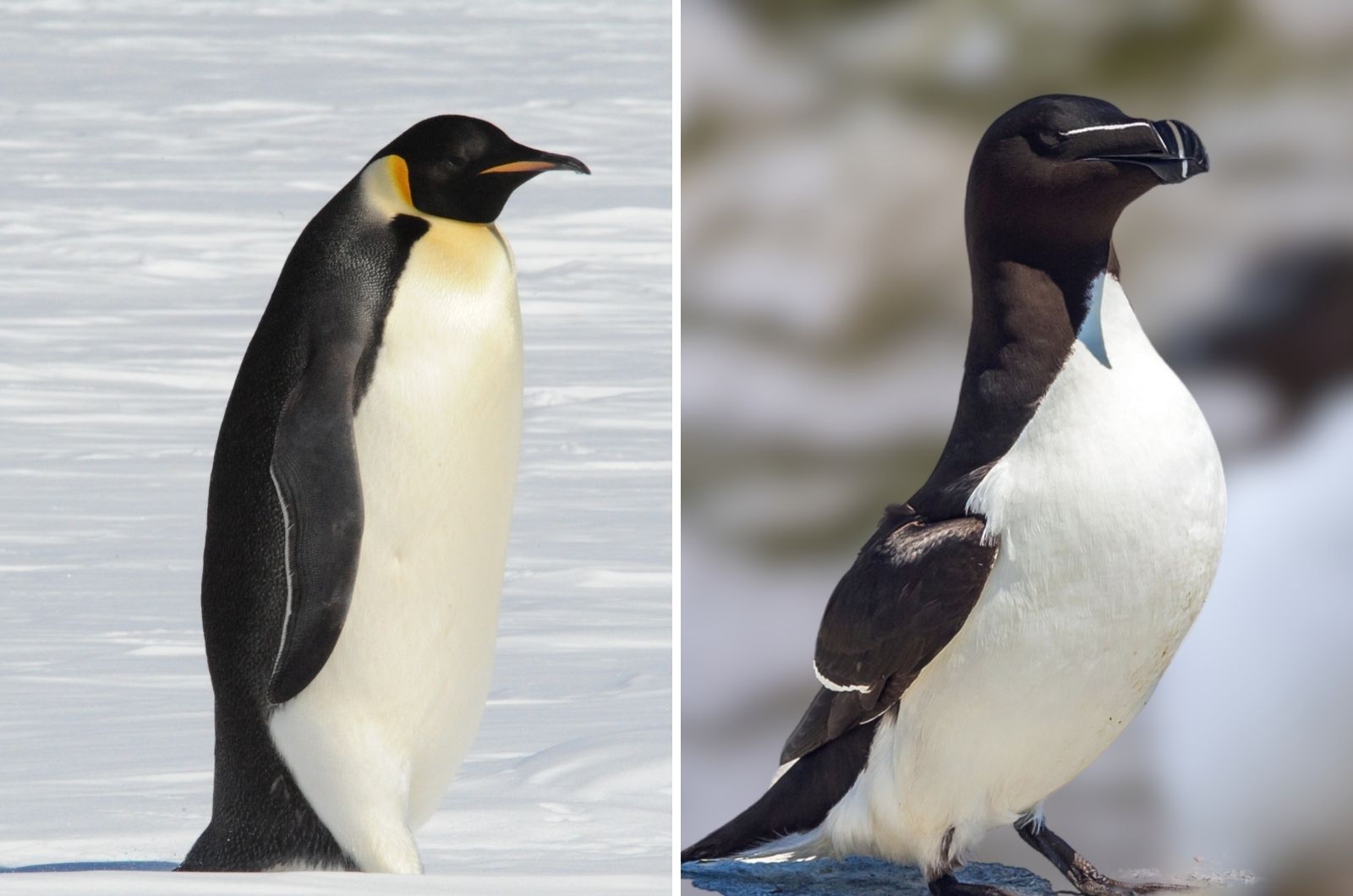
Emperor penguins and great auks are two flightless seabirds that, despite being separated by vast oceans and time, evolved similar adaptations to thrive in their environments. Both species are strong swimmers, with compact bodies built for life in the water, using their wings to propel themselves efficiently.
While the great auk once roamed the cold northern seas, and the emperor penguin is found in the Antarctic, their shared traits – such as their powerful swimming abilities and reliance on coastal environments for breeding – demonstrate how evolution can shape animals in similar ways, even in different parts of the world.
6. Tasmanian Wolf And Gray Wolf
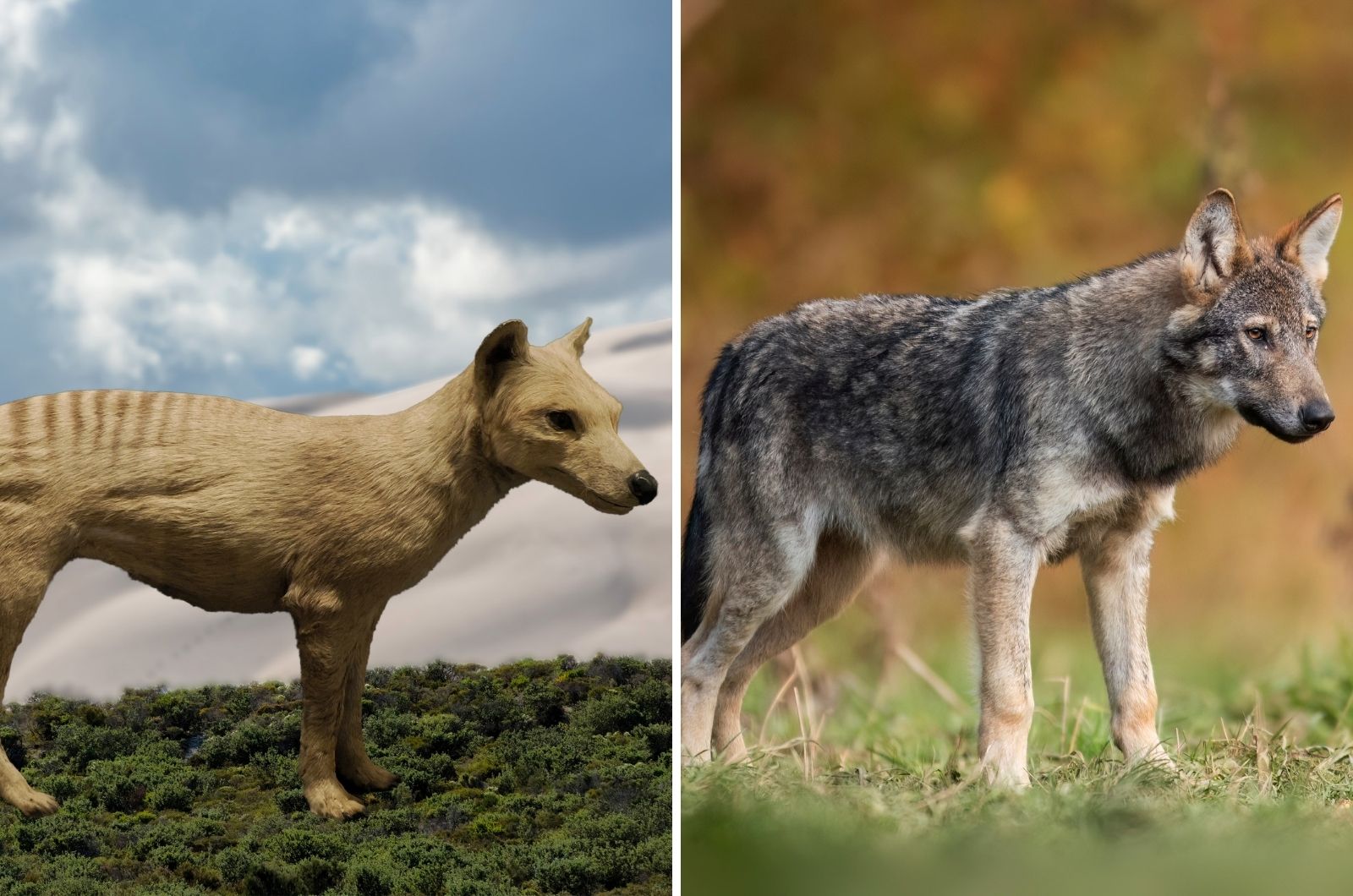
The Tasmanian Wolf, or Thylacine, often draws comparisons to the Gray Wolf. Despite being a marsupial from Australia, the Thylacine evolved to resemble the placental Gray Wolf found across the Northern Hemisphere. Their similarities in appearance are striking, from their elongated snouts to their sharp teeth.
What sets them apart is their evolutionary journey. While the Gray Wolf is a social animal with pack dynamics, the Tasmanian Wolf was primarily a solitary creature. Sadly, the Thylacine is now extinct, with the last known individual dying in captivity in 1936.
7. Emu And Ostrich
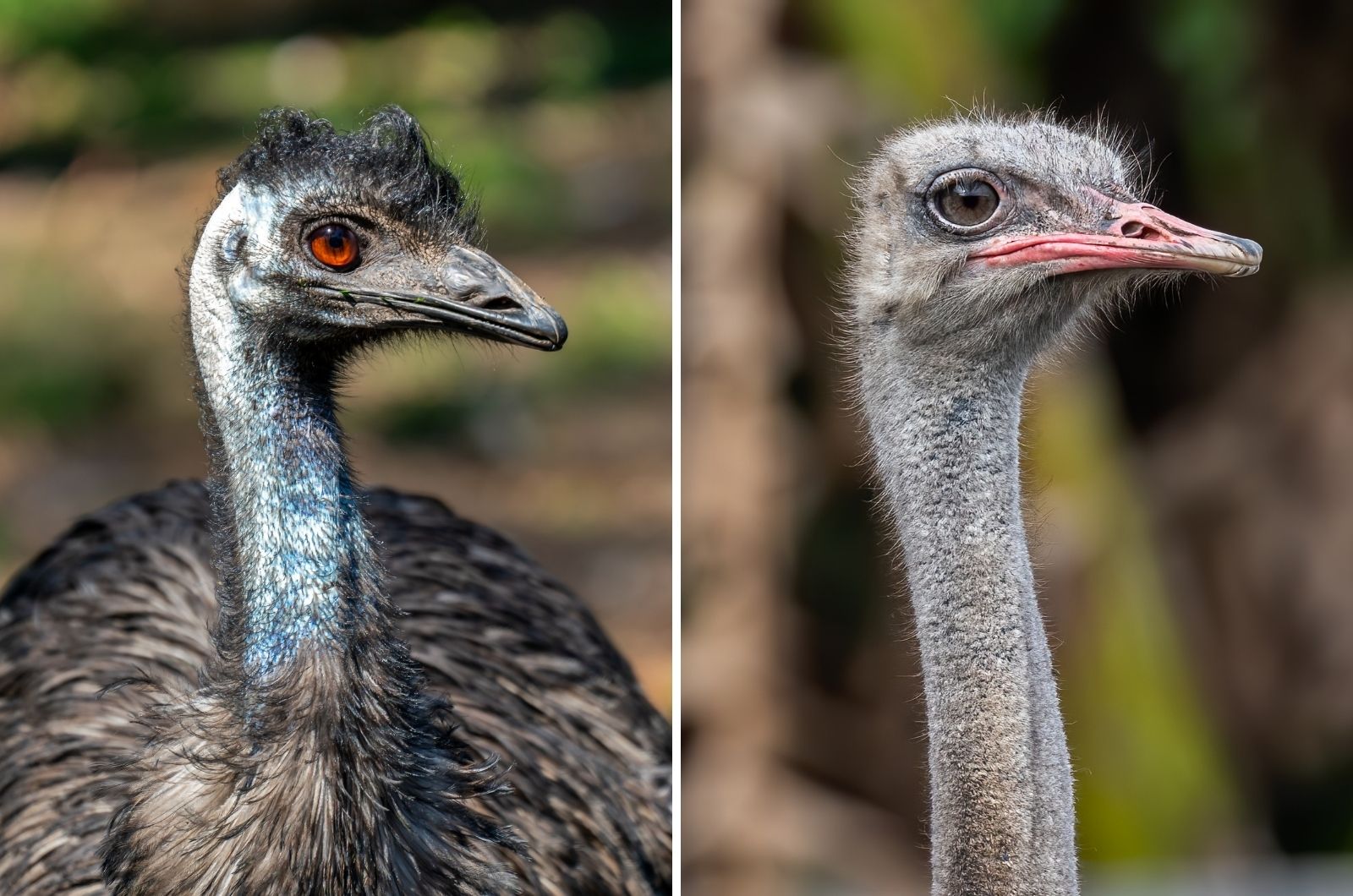
Australia’s sprawling outback is home to the Emu, a flightless bird characterized by its long legs and inquisitive nature. Despite its inability to fly, the Emu is a formidable runner, adapting to the continent’s harsh conditions.
Thousands of miles away, on the African savanna, the Ostrich embodies similar traits. As the world’s largest bird, the Ostrich shares the Emu’s adaptations for running and survival in open habitats. The Emu and Ostrich, though separated by continents, exhibit convergent evolution, as they independently developed similar features to cope with their environments.
This remarkable occurrence underscores the adaptive power of evolution, crafting parallel paths for survival.
8. Flying Squirrels And Sugar Gliders
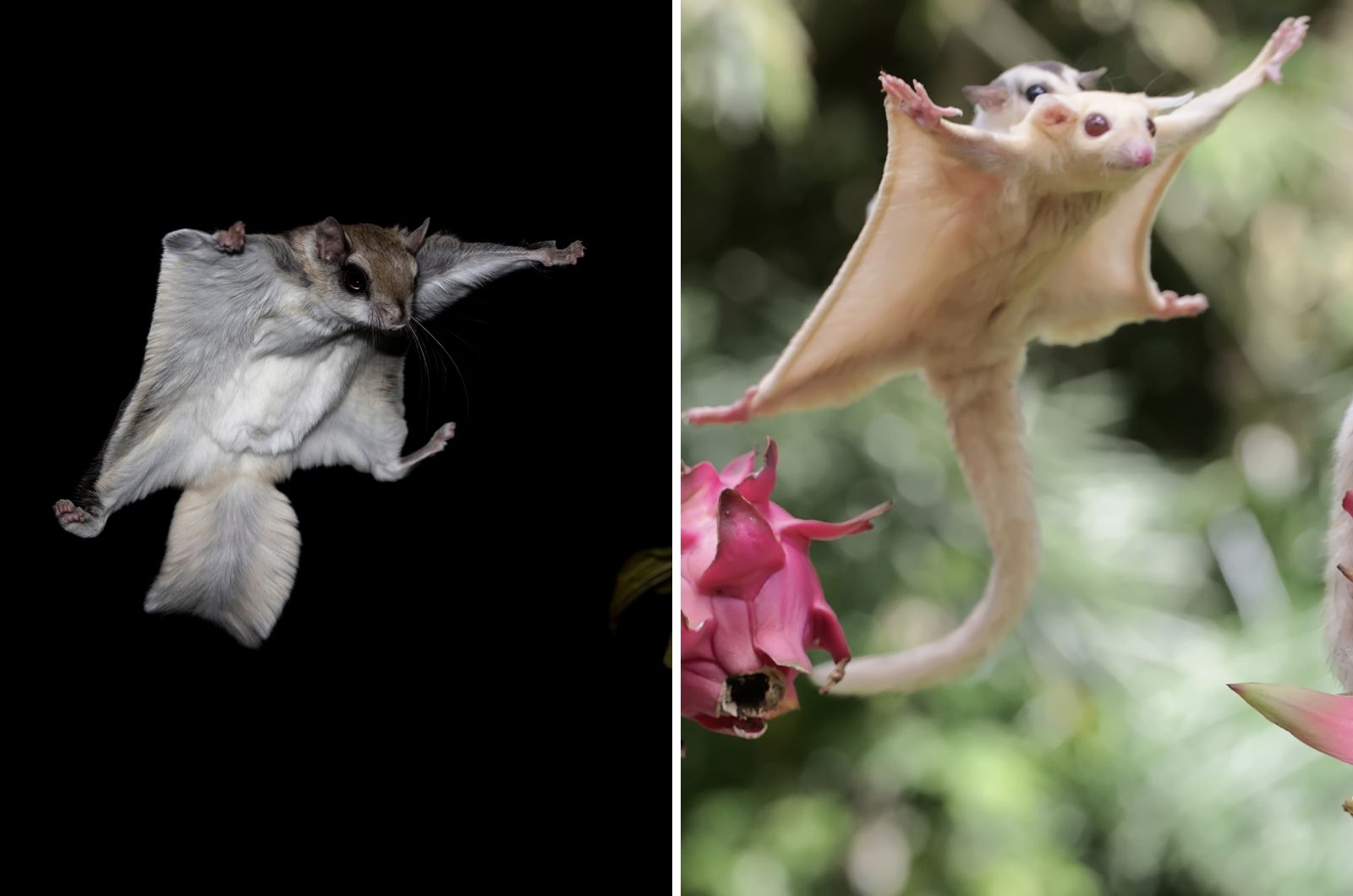
Looking at a North American flying squirrel next to an Australian sugar glider, you’d swear they were cousins. Both have developed stretchy skin between their limbs forming wing-like membranes that let them glide impressively long distances between trees.
Their large eyes provide excellent night vision for their nocturnal lifestyles, and both have flattened tails that serve as rudders during aerial maneuvers. Even their social behaviors match – both typically live in family groups and communicate with similar vocalizations.
Yet one is a placental mammal (flying squirrel) while the other is a marsupial (sugar glider). They represent perfect examples of how similar forest environments on opposite sides of the world can shape unrelated animals into virtual twins.
9. Giant Armadillo And Giant Anteater
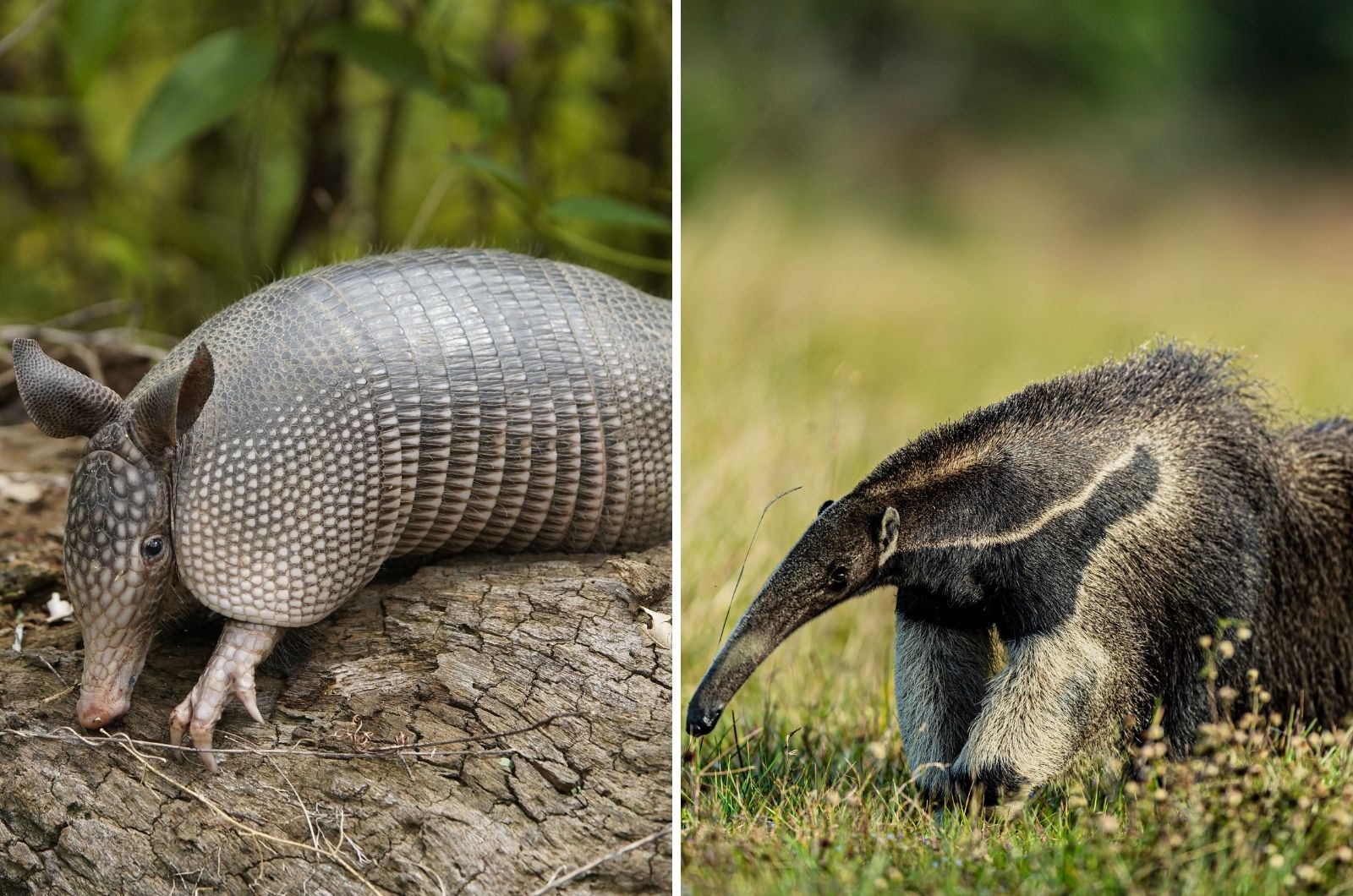
Deep within the South American rainforest, the Giant Armadillo plods along, its armored shell providing protection as it forages for ants and termites. This solitary creature relies on its strong claws and sensitive nose to detect its prey.
Not far away, the Giant Anteater shares a similar diet but approaches feeding differently. With its elongated snout and specialized tongue, the Giant Anteater exemplifies another evolutionary solution to the same challenge. Both species, though distinct, reflect convergent evolution in their adaptations to similar ecological roles.

